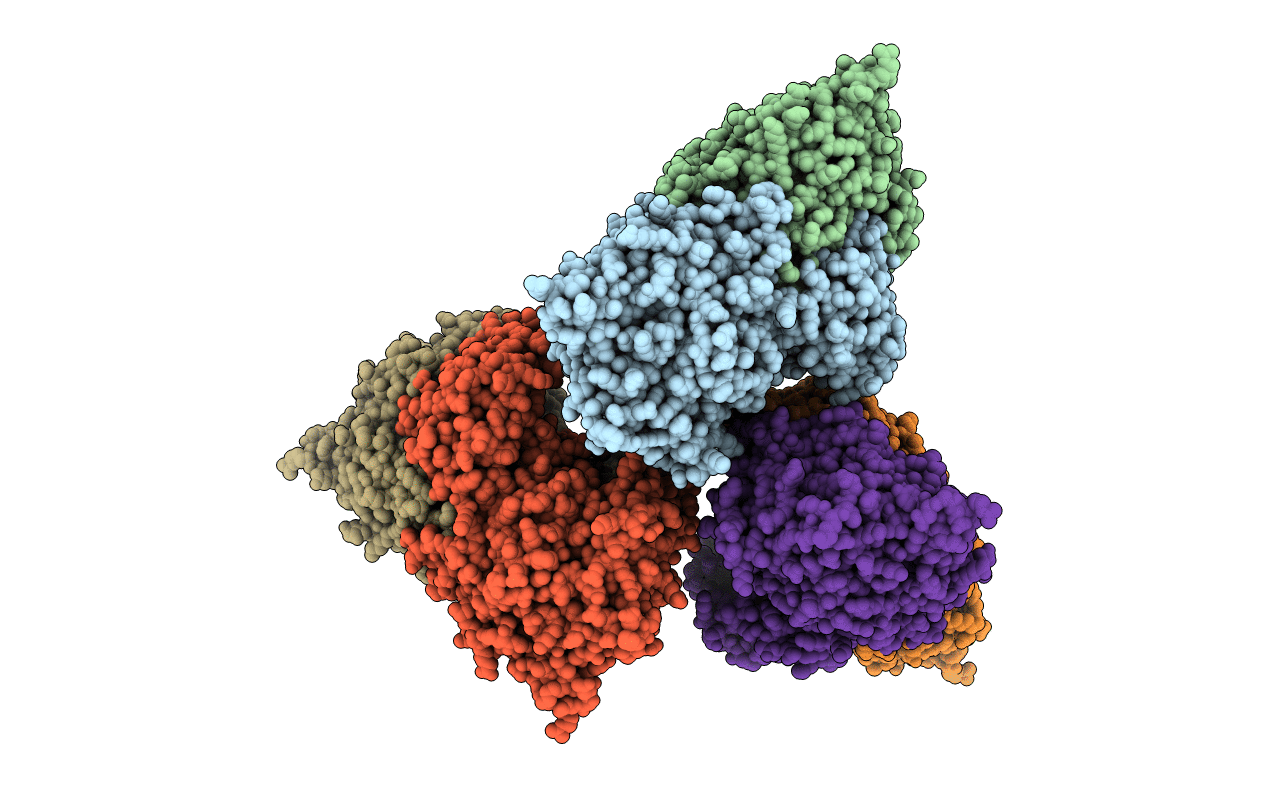
Deposition Date
1999-10-15
Release Date
2000-10-13
Last Version Date
2024-05-08
Entry Detail
PDB ID:
1QNI
Keywords:
Title:
Crystal Structure of Nitrous Oxide Reductase from Pseudomonas nautica, at 2.4A Resolution
Biological Source:
Source Organism:
PSEUDOMONAS NAUTICA (Taxon ID: 2743)
Method Details:
Experimental Method:
Resolution:
2.40 Å
R-Value Free:
0.26
R-Value Work:
0.22
R-Value Observed:
0.22
Space Group:
P 61


